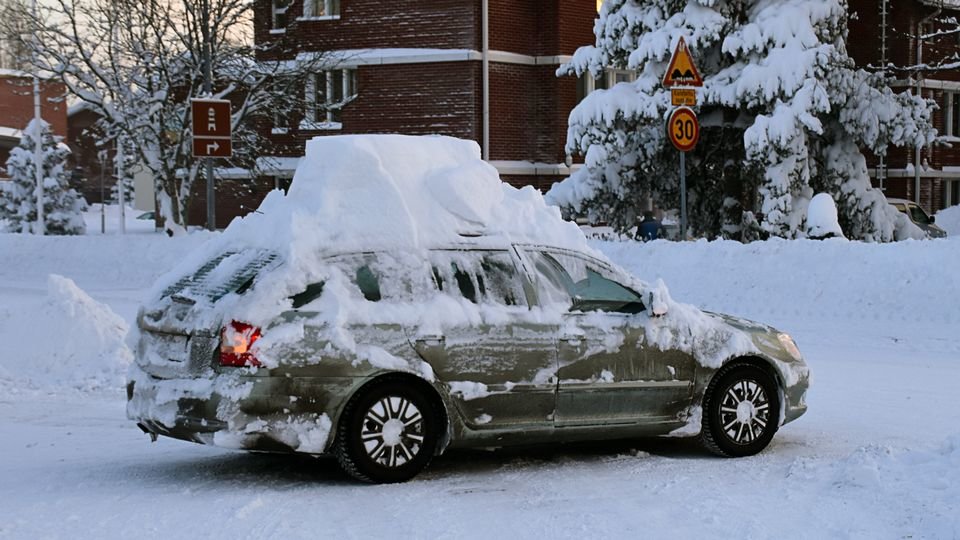
The inhabitants of the municipality of Merikarvia in Western Finland were stunned overnight when their town became the site of a new Finnish record. At 8 am Saturday, meteorologists measured that more than 70 centimetres of snow had accumulated in a single 24-hour period, or close to two and a half feet.
Thankfully the white stuff was the light and fluffy kind, and not wet and slushy, as heavy snow drifts in such quantities can potentially cause significant damage.
"It was astonishing!" local Sirkka Puolitaival says. "But we had to believe it when nearly a metre of snow piled up on our outdoor trash cans."
For Puolitaival and many others, the snow work resulting from the record-breaking blizzard gave them a real workout.
"I'm sweating through my clothes; there's no need to visit the gym. If only I could dig out our garage and get my skis!"


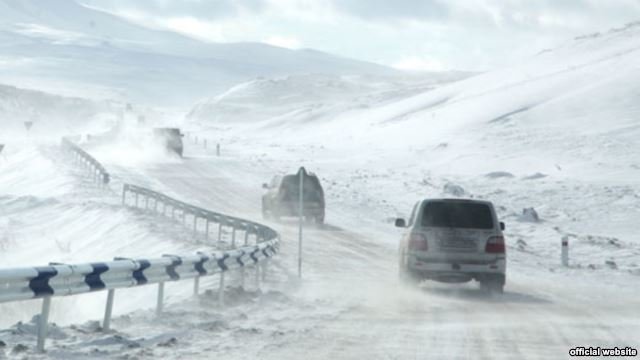

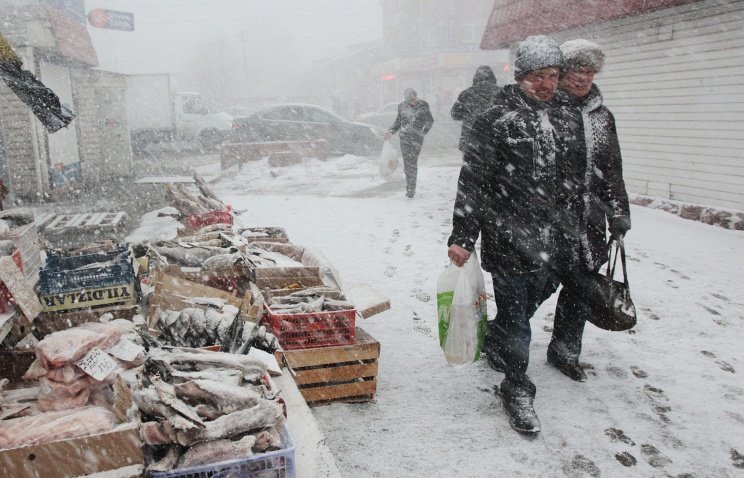
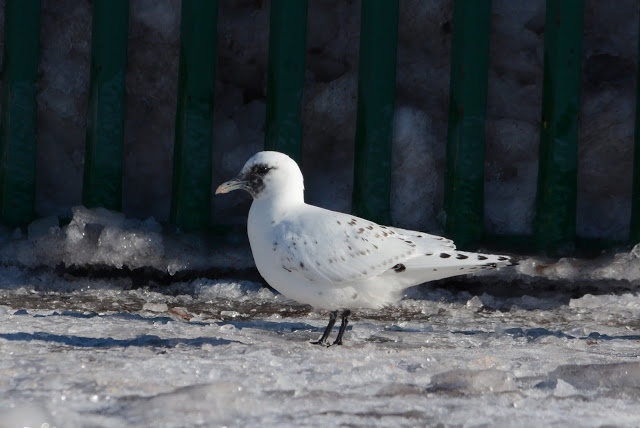
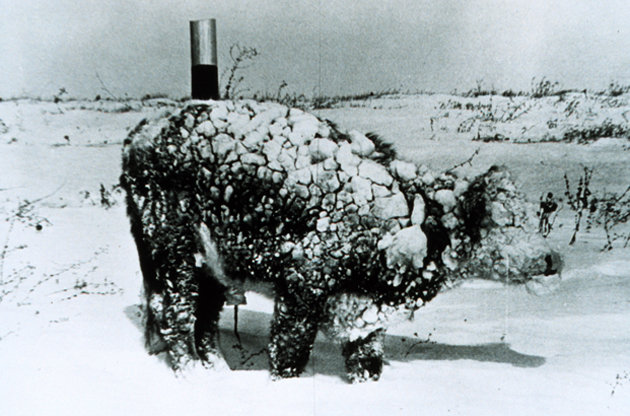
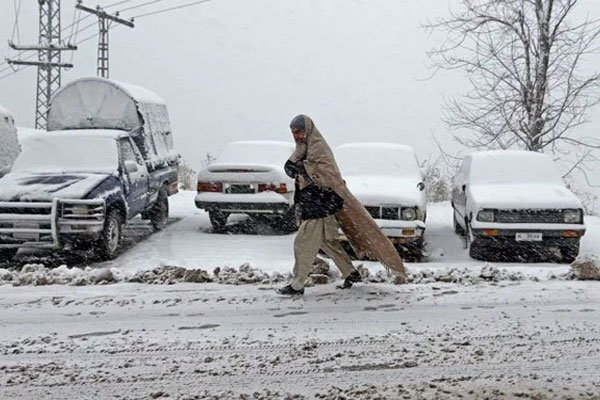



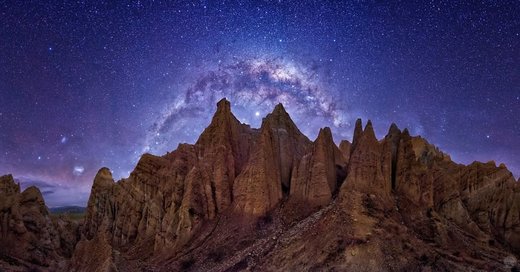
Comment: Yet another case of record snowfall. Does the Ice Age cometh? For more information regarding the speed in which ice ages may develop and sudden glacial rebound, read: